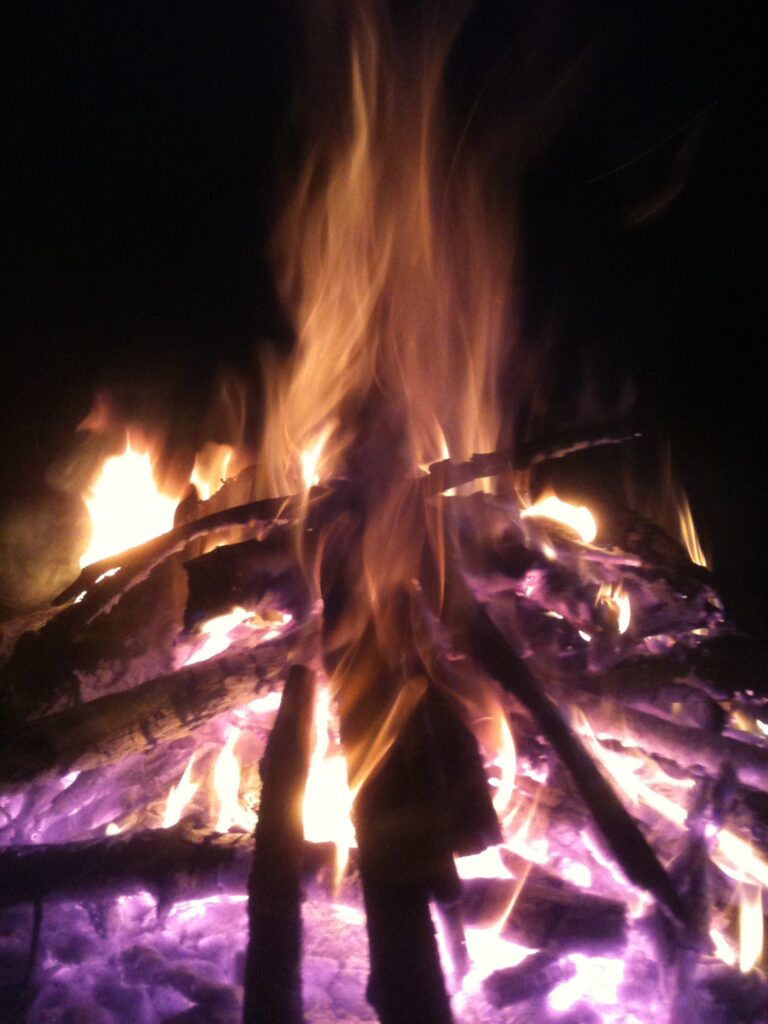Juvenile Self-Stimulatory Behavior and Altered States of Consciousness: Clinical and Developmental Perspectives

Abstract
Self-stimulatory behavior in early childhood is a common but under-discussed phenomenon in psychosexual development. While typically devoid of erotic intent, such behaviors may evoke physiological responses resembling sexual climax and, in rare cases, altered states of consciousness that can be interpreted as mystical or transcendent. This review examines the developmental, neurobiological, and clinical literature on juvenile self-stimulation, situating it within frameworks of normal development, psychophysiology, and evolutionary psychology.
1. Introduction
Juvenile self-stimulatory behavior (JSSB) has been observed in children across cultures, with prevalence estimates ranging from 40–60% in preschool and school-aged populations (Friedrich et al., 1998; Leung & Robson, 1993). Unlike adolescent or adult masturbation, JSSB is generally exploratory, rhythmic, and non-genital in focus. Developmental theorists, including Freud (1905/2000) and Piaget (1952), noted that body-focused play is a key component of early psychosexual and cognitive development. Contemporary research emphasizes its non-pathological nature when occurring in appropriate contexts.
2. Neurobiological Mechanisms
Childhood nervous systems display high levels of neuroplasticity and heightened sensitivity to sensory stimulation. Repetitive movements such as rocking, rubbing, or climbing can stimulate:
- Proprioceptive and vestibular pathways, leading to trance-like absorption.
- Autonomic nervous system activation, producing increased heart rate, respiration changes, and muscle contractions (Rosen & Leiblum, 1995).
- Neurochemical release, including dopamine and endorphins, which mediate pleasure and reinforcement (Pfaus, 2009).
Although prepubertal children lack mature gonadal function, orgasm-like autonomic responses have been documented (Kinsey et al., 1948; Friedrich et al., 1998).
3. Psychological Developmental Context
Developmental psychology distinguishes between:
- Exploratory self-stimulation (ages 2–7), which is non-erotic, rhythmic, and often trance-inducing.
- Transitional self-soothing behaviors, akin to thumb-sucking or rocking, that regulate arousal and anxiety (Leung & Robson, 1993).
- Pre-adolescent sexual curiosity (ages 8–12), where behaviors become more consciously sexualized.
Children may describe their sensations using metaphors drawn from available cultural or spiritual frameworks. This aligns with studies on childhood mystical experiences, which often arise in contexts of rhythmic bodily activity or altered arousal states (Hay & Nye, 2006).
4. Altered States and Mystical Interpretations
Rhythmic motor activity is a well-documented inducer of altered states in both ritual and laboratory contexts (Winkelman, 2010). Children engaging in JSSB may report:
- Time distortion and trance states.
- Feelings of unity or transcendence.
- Somatic warmth or “energy flow.”
Such phenomenology parallels adult descriptions of meditative or ecstatic states, though in children these experiences are spontaneous and not cognitively elaborated into religious systems.
5. Evolutionary and Atavistic Perspectives
From an evolutionary psychology lens, JSSB may represent pre-adaptive rehearsal for reproductive behaviors, akin to play in other mammals (Konner, 2010). It may also strengthen somatic awareness and stress regulation, conferring indirect adaptive value. Universality across cultures supports a biological rather than pathological origin.
6. Clinical and Ethical Considerations
Most cases of JSSB are benign. However, clinicians emphasize differential diagnosis to distinguish:
- Normal exploratory behavior, contextually appropriate and transient.
- Compulsive or distress-linked behaviors, sometimes associated with anxiety, trauma, or neurodevelopmental disorders (Friedrich, 2007).
- Inappropriate external involvement, where older children or adults exploit juvenile curiosity, raising concerns of abuse.
Education of parents and caregivers is critical. Research shows that punitive responses may increase shame and secrecy, while calm, age-appropriate guidance fosters healthy psychosexual development (Sandnabba et al., 2003).
7. Conclusion
Juvenile self-stimulatory behavior is a widespread and natural aspect of early psychosexual development. Its ability to induce orgasm-like sensations and altered states of consciousness underscores the close interrelation of neurobiology, psychology, and spirituality in human experience. Clinical recognition of its normalcy, combined with vigilance for pathological or exploitative contexts, is essential to support healthy growth.

References
- Friedrich, W. N. (2007). Children with sexual behavior problems: Family-based, attachment-focused therapy. Norton.
- Friedrich, W. N., Fisher, J., Broughton, D., Houston, M., & Shafran, C. R. (1998). Normative sexual behavior in children: A contemporary sample. Pediatrics, 101(4), e9.
- Hay, D., & Nye, R. (2006). The spirit of the child. Jessica Kingsley Publishers.
- Kinsey, A. C., Pomeroy, W. B., & Martin, C. E. (1948). Sexual behavior in the human male. W.B. Saunders.
- Konner, M. (2010). The evolution of childhood: Relationships, emotion, mind. Harvard University Press.
- Leung, A. K., & Robson, W. L. (1993). Childhood masturbation. Clinical Pediatrics, 32(4), 238–241.
- Pfaus, J. G. (2009). Pathways of sexual desire. The Journal of Sexual Medicine, 6(6), 1506–1533.
- Rosen, R. C., & Leiblum, S. R. (1995). Prepubertal sexual arousal and orgasm. Journal of the American Academy of Child & Adolescent Psychiatry, 34(5), 546–553.
- Sandnabba, N. K., Santtila, P., Wannäs, M., & Krook, K. (2003). Age and gender specific sexual behaviors in children. Child Abuse & Neglect, 27(5), 579–605.
- Winkelman, M. (2010). Shamanism: A biopsychosocial paradigm of consciousness and healing. Praeger.
